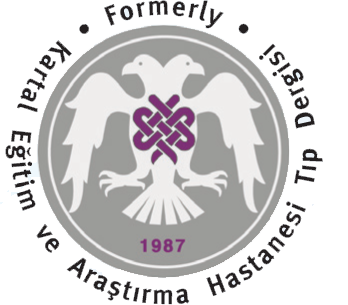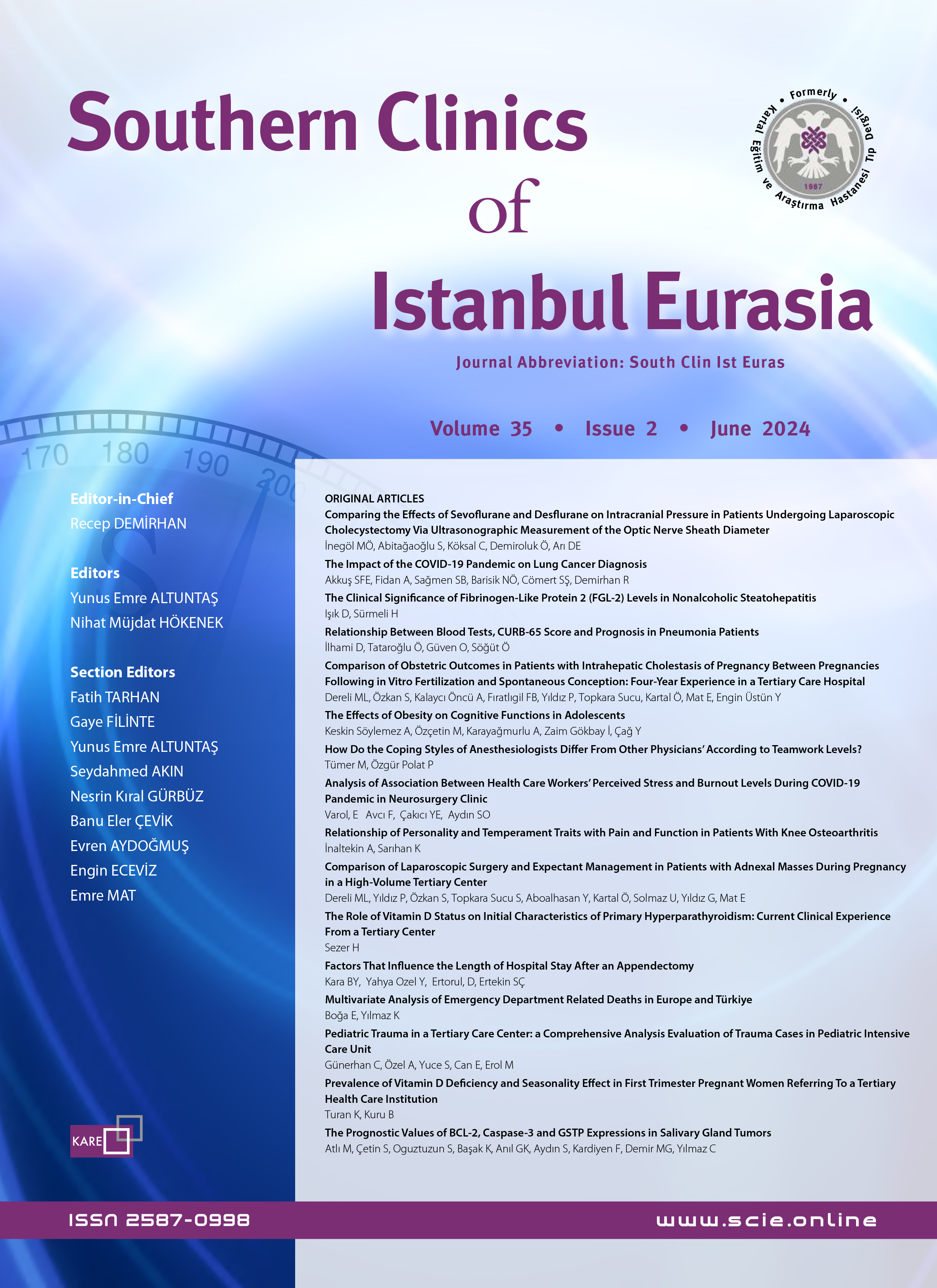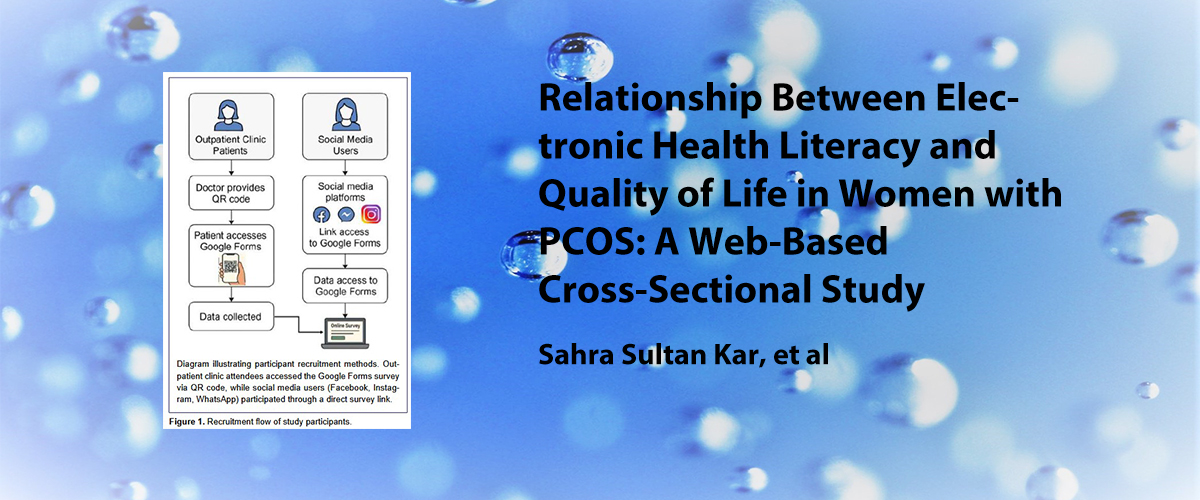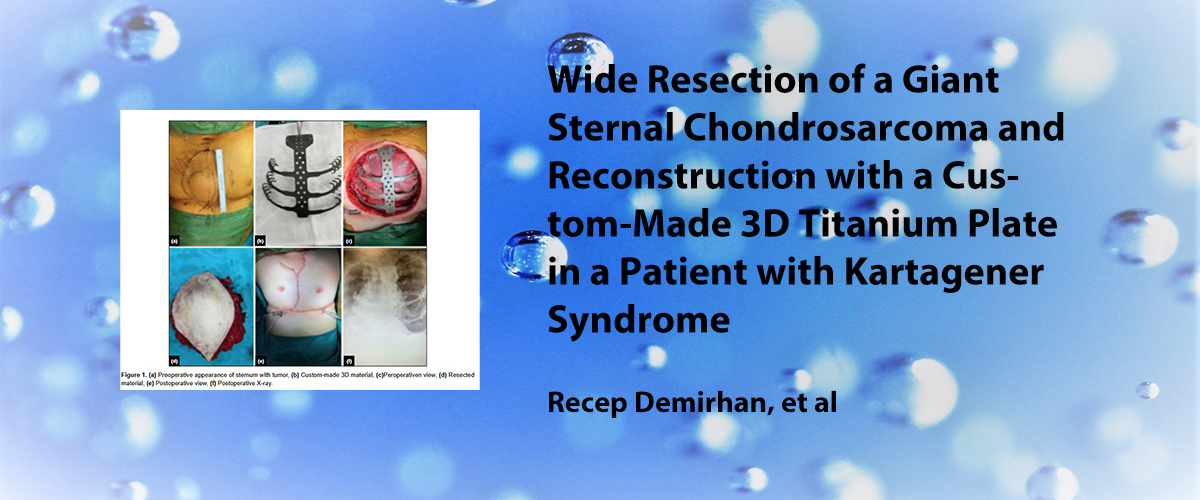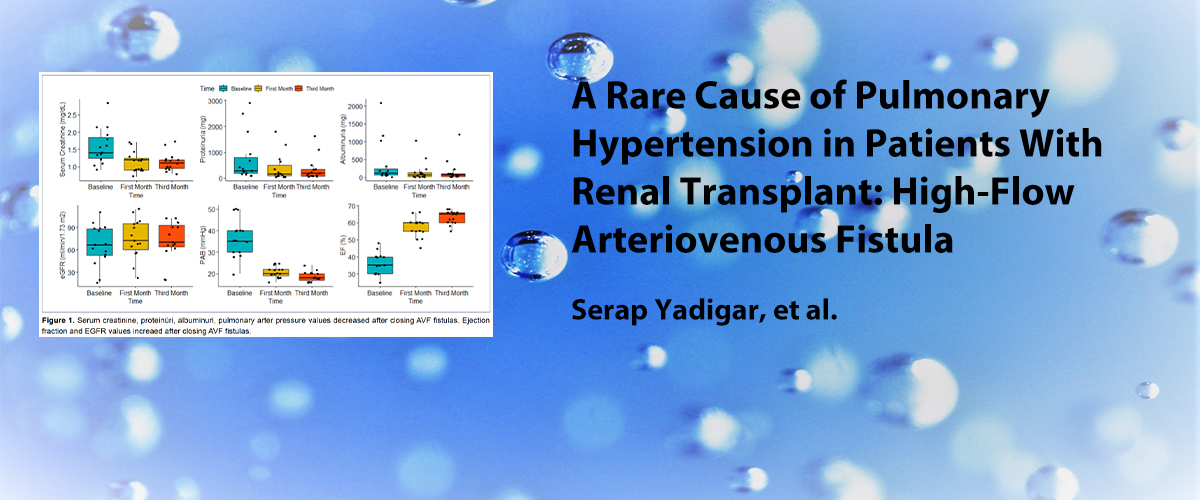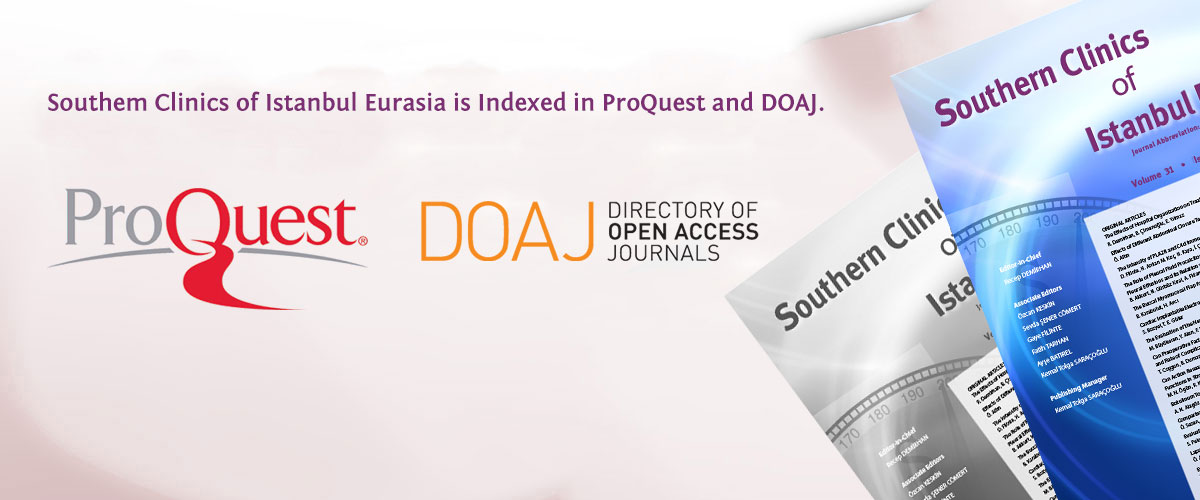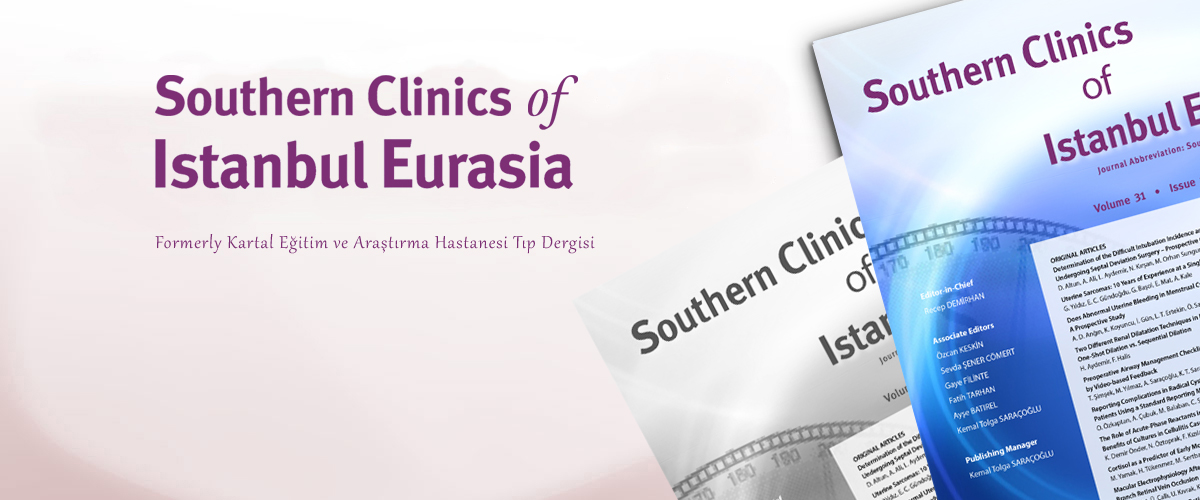ISSN : 2587-0998
Nadir Tanı Alan Retrorektal Tümörler: Tek Merkezli Kliniğin Tecrübesi
Önder Altın, Selçuk Kaya, Yunus Emre Altuntaş, Nejdet Bildik, Hasan Fehmi KüçükDr.Lütfi Kırdar Kartal Eğitim ve Araştırma Hastanesi, Genel Cerrahi Bölümü, İstanbulGİRİŞ ve AMAÇ: Retrorektal tümörler (presakral, prekoksigeal) nadir karşılaşılmasından dolayı tanı ve tedavisi zordur. Bu çalışmanın amacı hastanemizdeki retrorektal tümörlere cerrahi deneyimimizi irdelemek.
YÖNTEM ve GEREÇLER: Çalışmamızda Ocak 2012 ve Aralık 2016 tarihleri arasında S.B. Üniversitesi Kartal Dr. Lütfi Kırdar Eğitim ve Araştırma Hastanesi/İstanbul Genel Cerrahi Kliniğine başvuran 12 hasta değerlendirildi. Radyolojik bulgular, patoloji raporları ve cerrahi teknik geriye dönük olarak tıbbi kayıtlardan analiz edildi.
BULGULAR: Toplam olarak 12 hasta değerlendirildi; 10 hasta kadın, iki hasta erkekti, ortalama yaş 45.2 (dağılım, 31-65 yaş) idi. Sekiz hastanın kitlesi doğuştan orijinli iken üç hastanın kitlesi nörojenik orijinli ve bir hastanınki anjiyomiksomatöz kaynaklı tümördü. Anteriyor ve posteriyor olmak üzere iki cerrahi teknik uygulandı.
TARTIŞMA ve SONUÇ: Tümörün total cerrahi rezeksiyonu ve nörolojik fonksiyonların korunması başarılı tedavinin asıl amacıdır. En iyi sonuca ulaşmak için multidisipliner yaklaşım ve doğru planlama önemlidir.
Anahtar Kelimeler: Cerrahi, retrorektal; tümör.
The Rarely Diagnosed Retrorectal Tumor: Experience of a Single Center
Önder Altın, Selçuk Kaya, Yunus Emre Altuntaş, Nejdet Bildik, Hasan Fehmi KüçükDepartment of General Surgery, Health Science University, Kartal Dr. Lütfi Kırdar Kartal Training and Research Hospital, İstanbul, TurkeyINTRODUCTION: Retrorectal tumors (presacral, precoccyxgeal) are rare, and remain a significant diagnostic and therapeutic challenge. The aim of this study was to describe the surgical experience of 1 hospital with retrorectal tumors.
METHODS: Twelve patients admitted to the Dr. Lutfi Kirdar Training and Research Hospital/Istanbul Department of General Surgery between January 2012 and December 2016 were included in our study. Medical records, radiology results, pathology reports, and surgical techniques were analyzed retrospectively.
RESULTS: Of the 12 patients evaluated, 10 were female and 2 were male. The mean age was 45 years (range: 31-65 years). Eight patients had masses of a congenital origin, 3 patients had masses of neurogenic origin, and 1 had an angiomyxomatous tumor. Both an anterior and posterior surgical approach were used.
DISCUSSION AND CONCLUSION: Complete removal of the tumor and preservation of neurological function remain major aspects of successful treatment. To achieve the best results, a multidisciplinary approach and correct planning are important.
Keywords: Retrorectal, surgery, tumor.
Makale Dili: İngilizce

